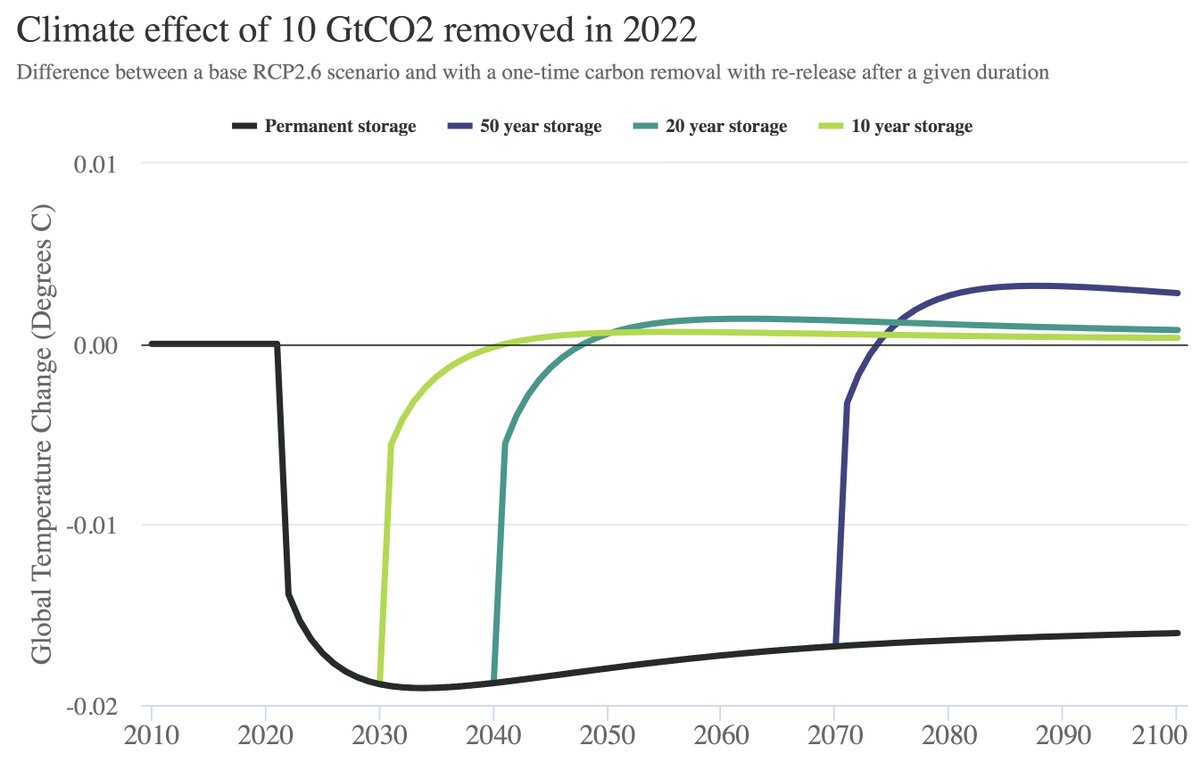
In preparation for the upcoming IPCC oceans report, we put together detailed look at past and future sea level rise (SLR) over at @CarbonBrief. A quick thread to examine the details: carbonbrief.org/explainer-how-… 1/11
We looked at five observational estimates of SLR; three featured in the 2013 IPCC report and two newer ones. The attached graph shows both the total sea level rise (top), which was between 0.18 and 0.2m (180 to 200mm) since 1900, and the rate of SLR (bottom) 

Theres been debate around whether current rates of SLR exceeds those in the 1940s. Three of the five datasets (Dangendorf, Hay, and Church and White) suggest that the current rate of sea level rise – via satellite altimeters – is around 50% faster than in the 1940s. 3/11
The Ray and Douglas dataset suggests that current rates of SLR measured by satellite altimeters are modestly above the 1940s peak, while one of the five – Jevrejeva – suggests that the current rate of SLR is below that of the 1940s. 4/11
However, even the authors of the Jevrejeva dataset suggest in their accompanying paper that a longer view of sea level – from 1800 to present – still suggests that “the rate of sea level rise is increasing with time”. 5/11
One of the major drivers of the SLR the world has experienced is the thermal expansion of water. As the ocean warms, seawater becomes less dense and expands, raising sea levels. Glaciers, ice sheets, and changes in land water storage also contribute to SLR. 6/11 

While glacier melt and thermal expansion were responsible for the majority of historical SLR, this has been changing in recent years. There are now larger contributions to SLR coming from ice sheet melt and changes in land water storage – driven in part by groundwater depletion.
According to the 2018 BAMS State of the Climate report, melting glaciers and ice sheets contributed two thirds of the total SLR between 2005 and 2016, considerably more than in the 1993-2010 period, suggesting a growing role of ice sheet melt. 8/11
Since AR5 in 2013, a number of new studies have been published, many of which have substantially higher worst-case SLR estimates by 2100 than those published in the IPCC AR5 – largely due to a reassessment of the potential losses from Antarctic and Greenland ice sheets. 9/11 

As @AndraJReed et al suggest, "the IPCC reports have tended to err on the side of providing intentionally cautious and conservative estimates of SLR, rather than focusing on less likely, extreme possibilities that would be of high consequence, should they occur". 10/11
Given the body of literature suggesting that the high-end IPCC estimates may be overly conservative, it would not be surprising if the upcoming IPCC Special Report due out on Wednesday considered potential 21st century SLR estimates higher than those in the IPCC AR5. 11/11
• • •
Missing some Tweet in this thread? You can try to
force a refresh






